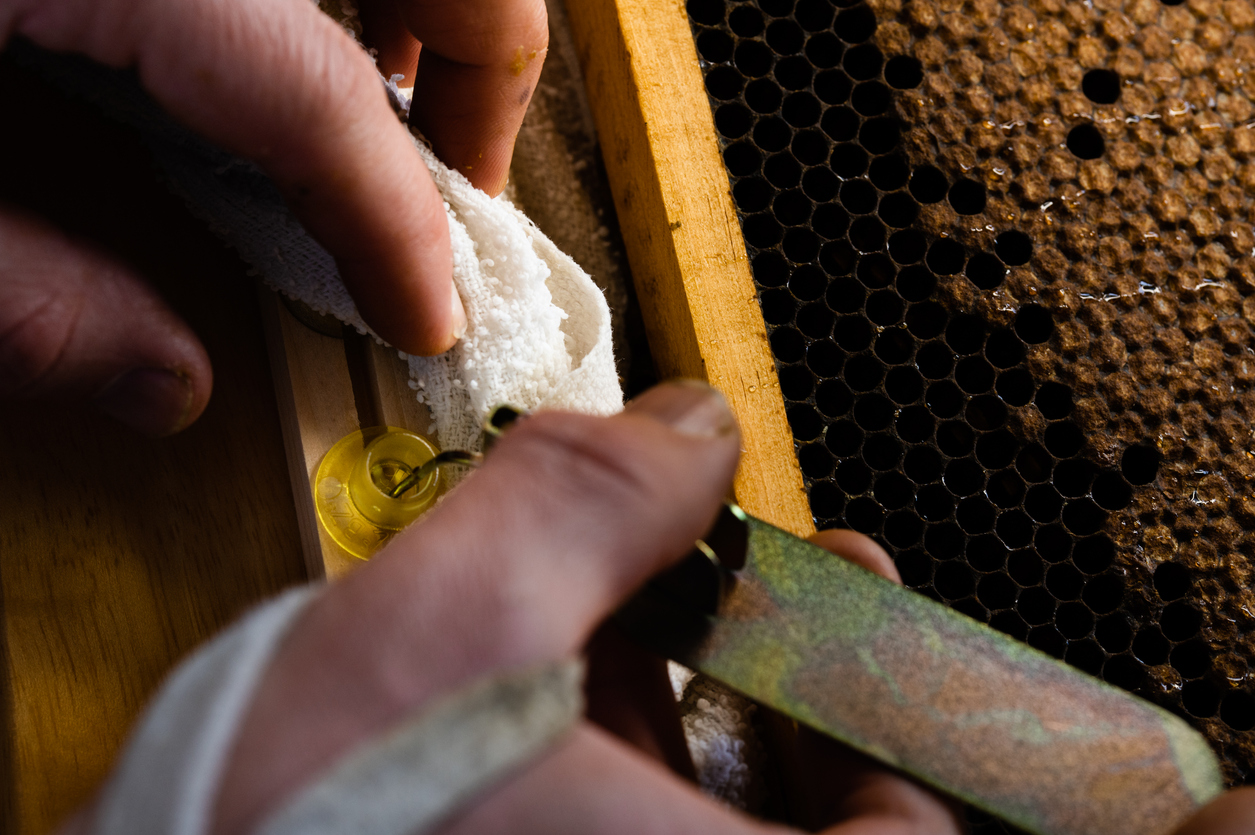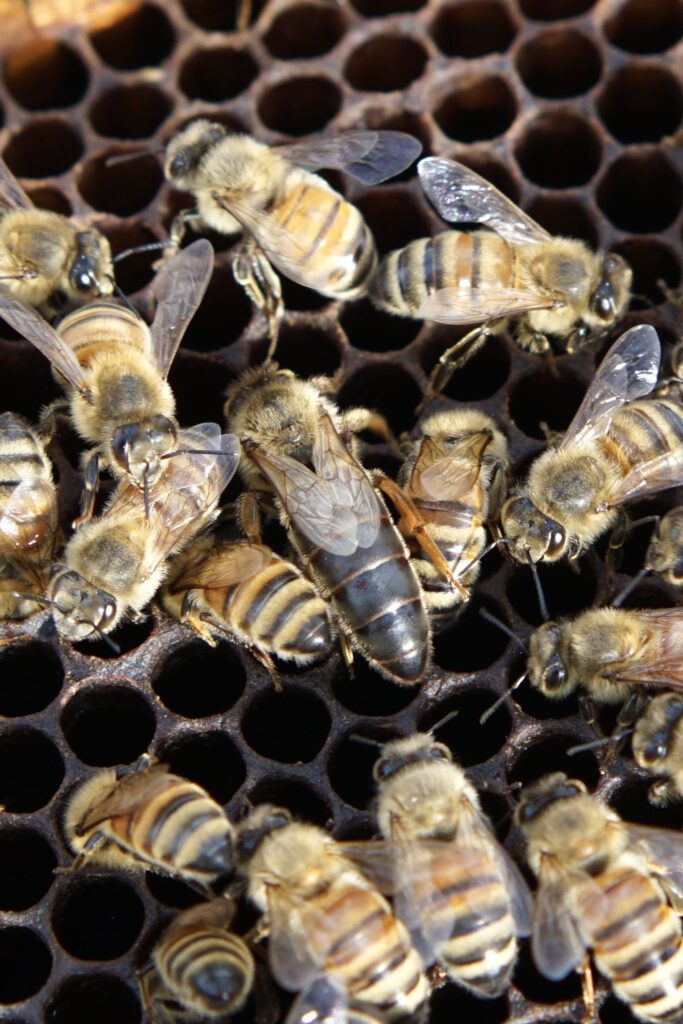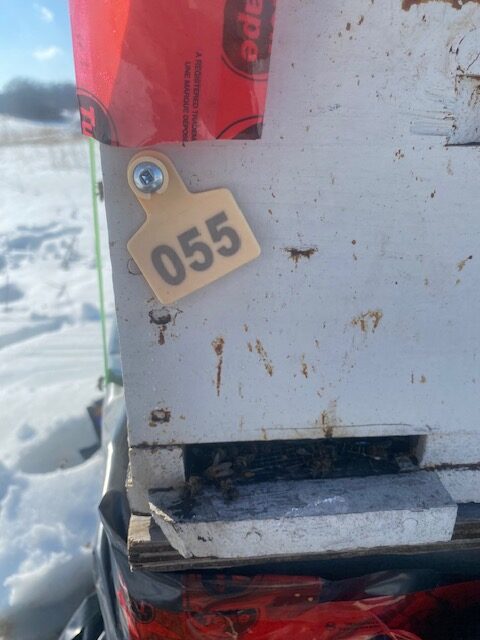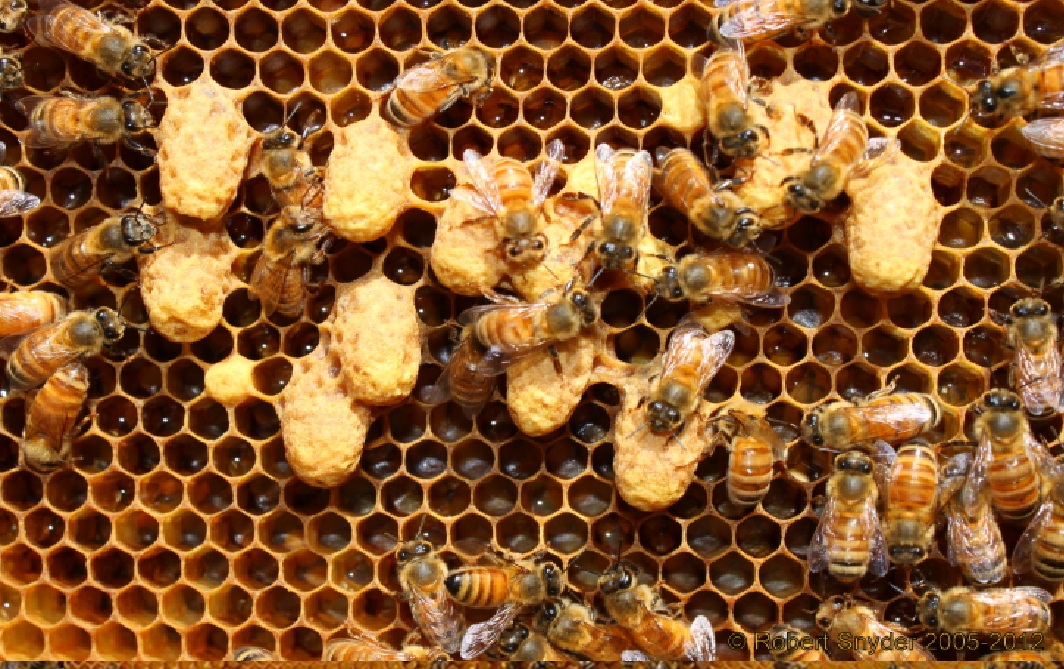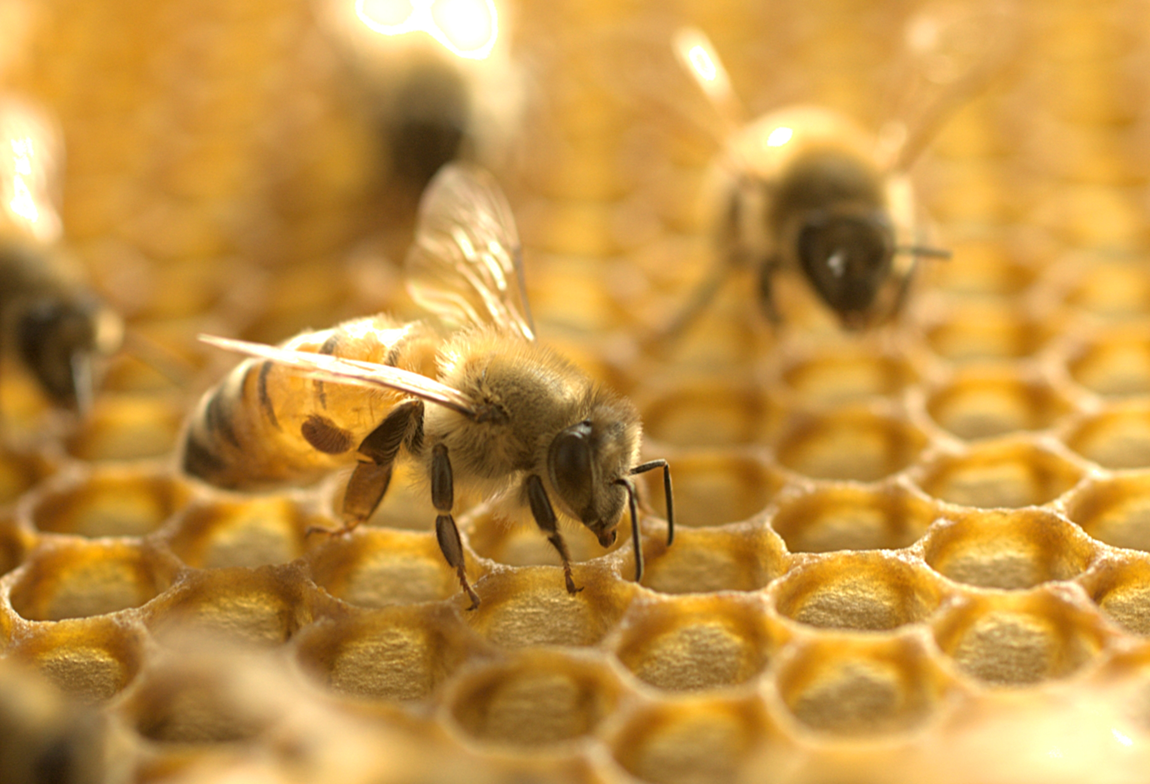Queen Bee Rearing Basics
If you are an experienced beekeeper then please skip this post and go to one of the more advanced Queen grafting and rearing posts.
Queen bees are the heart of a honeybee colony, responsible for laying eggs and ensuring the survival of the hive. In this blog, we will cover everything from the basics of queen rearing to the advanced techniques used by experienced beekeepers.
Whether you are just starting out or are a seasoned veteran, our goal is to help you take your beekeeping skills to the next level. Join us on this journey as we delve into the fascinating world of queen bee rearing.
In addition to learning about the intricacies of queen bee rearing, it is important to also understand the crucial role that queen bees play in the overall health and success of a colony.
Queen bees are not only responsible for laying eggs, but they also emit pheromones that help maintain a cohesive and organized hive.
Without a strong and healthy queen, a colony may become disorganized and vulnerable to disease and infestation.
Furthermore, the process of queen rearing can also have a significant impact on genetic diversity within a hive.
By selectively breeding queen bees with desirable traits such as disease resistance, productivity, and gentleness, beekeepers can help improve the overall health and productivity of their colonies.
This practice is essential for maintaining strong and resilient bee populations in the face of environmental challenges and threats.
In addition, queen bee rearing can also provide an opportunity for beekeepers to expand their knowledge and skills in beekeeping. By learning how to rear queens, beekeepers can gain a deeper understanding of honeybee biology and behavior, as well as develop a greater appreciation for the intricate workings of a honeybee colony.
This knowledge can not only enhance the success of their beekeeping operations but also contribute to the conservation and preservation of honeybee populations worldwide.
Overall, queen bee rearing is a vital aspect of beekeeping that offers a wealth of benefits for both beekeepers and honeybees alike. By honing their queen rearing skills and knowledge, beekeepers can help ensure the long-term health and sustainability of their hives, while also fostering a deeper connection to the fascinating world of honeybees.
Join us on this journey as we explore the art and science of queen bee rearing, and discover the countless rewards it has to offer.
It took me years to identify the queen because, queens of different breeds look different. But I started to learn some things to look for. This queen is easy to find, she has a very dark butt, but that isn’t always true. When looking for a queen, don’t look for a queen. Look for the ‘different bee.’ This is what helped me.
Next, look for the queen with ethe short wings. I have also heard to look for the bee with it’s wings folded. I have seen nurse bees with folded wings, and queens with flared wings.
The one thing I have learned is to look for the bee with the bald patch on it’s thorax (middle part, behind the head).
Whether you are a hobbyist beekeeper or a commercial beekeeper, queen bee rearing can have a positive impact on your beekeeping operation. By investing time and effort into raising strong and healthy queen bees, you can improve the productivity of your hives, increase honey production, and ultimately, make your beekeeping venture more profitable and sustainable.
Furthermore, queen bee rearing is not just a practical skill for beekeepers, but it can also be a deeply rewarding and fulfilling experience. Witnessing the transformation of a queen larva into a mated queen bee, seeing her lay her first eggs, and observing the growth and development of a thriving hive under her leadership can be a truly awe-inspiring and gratifying journey.
Don’t Be Afraid To Try
Moreover, queen bee rearing can also be a form of conservation and stewardship, as beekeepers play a crucial role in preserving and protecting honeybee populations.
By raising strong and resilient queen bees, beekeepers contribute to the health and diversity of bee populations, helping to combat the various threats and challenges facing bees today, such as habitat loss, pesticide exposure, and diseases.
But – you have to learn everything you can about bee genetics to raise good queens.
Queen Rearing Methods
#1 Incubate cells that the bees make. Some people believe these are the best, because the queens made them. (leave it to the professionals, who are the pros? The bees!)
You can get away with not using a cell finisher by using an incubator.
#2 Grafting. So what, you are not good. You are only getting 1 – 2 queens per bar. That is 1 – 2 queens more than you had before. Plus, you cannot get better if you don’t practice.
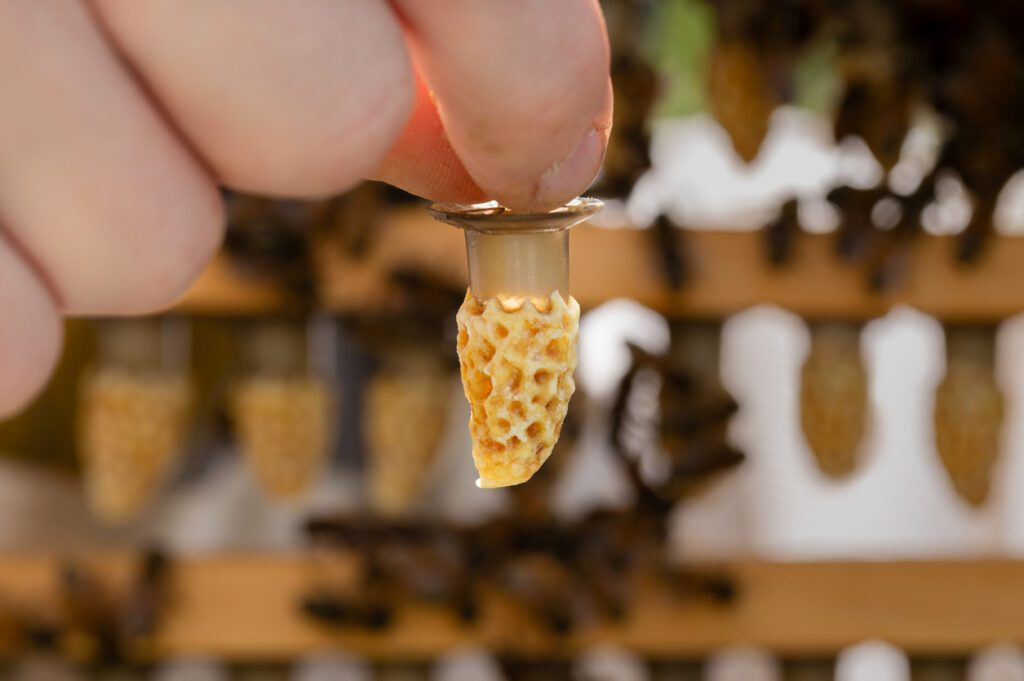
queen bee rearing is not just a technical skill for beekeepers, but a multi-faceted and enriching practice that offers a wide range of benefits.
From improving hive productivity to deepening your understanding of honeybee biology and behavior, queen bee rearing is a rewarding and invaluable aspect of beekeeping that every beekeeper should consider exploring.
Join us on this journey into the world of queen bee rearing, and unlock the countless rewards and possibilities it has to offer.

